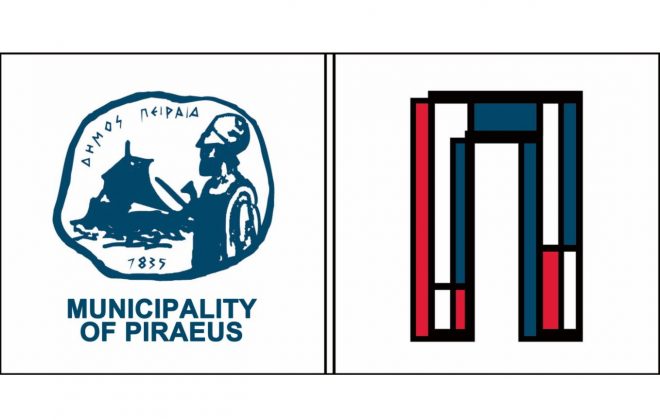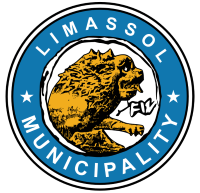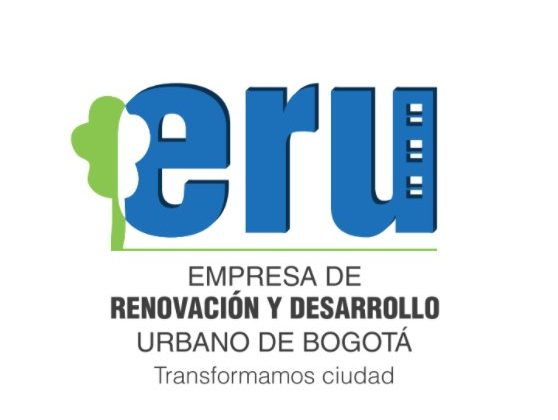City of Lodz
Site Description
The City of Lodz assigned for the euPOLIS project, a degraded 1783 ha area including “Polesie district” and the historical city centre, inhabited by 152.292 people (appr. 23% of the whole city population). The focus is on various retrofitting interventions, including municipal urban planning program of “Green Polesie”, 8-area revitalization projects (worth ca. 233,500,000 EUR, co-financed by the ERFD), and other social initiatives supported with the EU funds. This also includes projects in the social dimension, professional training and development of educational and cultural services. There are also greening activities based on two types of approaches – pocket parks and “woonerfs”. Although both serve to increase aesthetics of places and their multifunctionality, they do not clearly focus on improvement of regulatory ESS. The fine scale demo sites of “Linear Park” (Passage of Anna Rynkowska and Greenstone of the Gdańska and Wólczańska Str, area of 0,82 ha) are in the core of the selected area (Fig. 8). They can serve as examples of the euPOLIS advanced urban planning considering regulatory values of ES, implementation of MF-NBS, while stimulating future upscaling of NBS to larger areas in Lodz and the whole country.
Health/Environmental/Social issues
The selected area well shares range of environmental problems faced by the city of Łódź: high air pollution in the urbanized centre, shortage of water, soil degradation, heat waves. In general, the area is of low environmental quality, many buildings are in poor technical condition. There are only a few green and attractive public spaces. In addition to low air quality, it lacks system approach to water management to mitigate pluvial floods and risk of raw sewerage overflows, and NBS mitigating drought and heat wave problems. The increasing frequency and severity of droughts challenges not only the regulatory functions but even survival of nature, and accelerates the impact of CC and other extremes.
Demonstration activities
A range of MF-NBS interventions will be adopted to meet both key redevelopment goals: introduce “paradigm shift” synergy of NBS that will significantly improve local micro climate conditions affecting PH and WB and to serve as positive “game changer” that would encourage urban planners and investors in Poland to embrace our BGS urban planning. The selected NBS include: (i) two MF pocket parks with MF green spaces, (ii) capturing, storage, quality improvement and recycling of surface storm runoff water for pluvial flood risk reduction, (iii) evaporatively cooled and live vegetation shaded public spaces for UHI impact reduction, (iv) air pollution abatement/mitigating greenery (shrubs and vertical green curtains), (v) vegetation shaded urban canopies – mf spots for albedo control, (vi) NBS-conditioned corridors to create quality access to the historical city centre.

Right: Orto photo map (0,82ha) of the Linear park and streetscapes with the NBS 1. Street shading and cooling NBS (tree trenches), 1.7. NBS conditioned pathway 3. Rainwater harvesting NBS (rain garden); Water tanks for rainwater harvesting, 4. Surface and roof runoff collectors, 5. MF NBS canopy for socializing, open air gym, cooling and space management, 7. Vertical gardens for noise prevention, shading and cooling (green walls, green walls/façades with solar panels), 8.2. NBS for surface runoff management and quality improvement (detention basins, detention/retention ditches), 8.4. Rainwater-based drinkers and shelters for animals, 11.1. Water toys, water playground.




